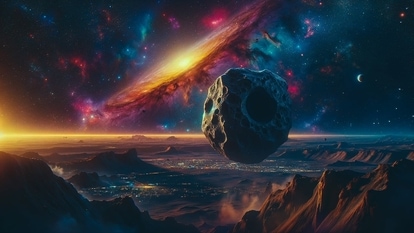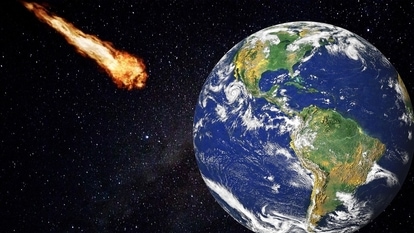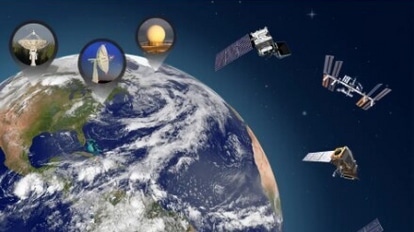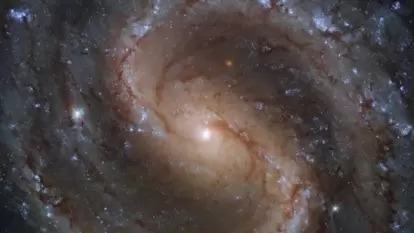NASA issues asteroid warning as 160-foot rock set to approach Earth on Feb 11
NASA has raised an alert about a 160 feet wide asteroid that could make a close approach towards the planet as soon as tomorrow, February 11.
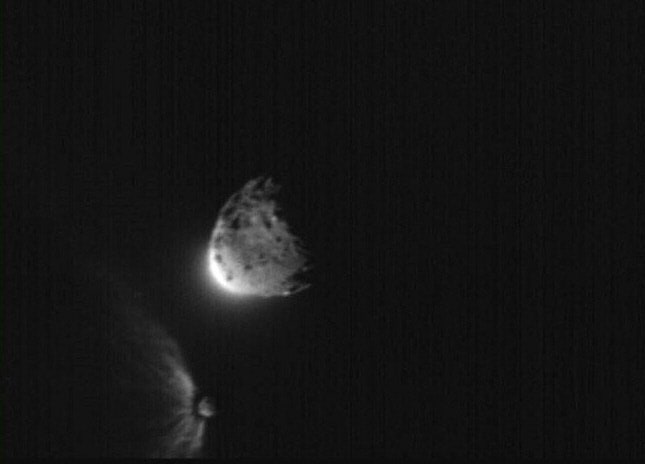
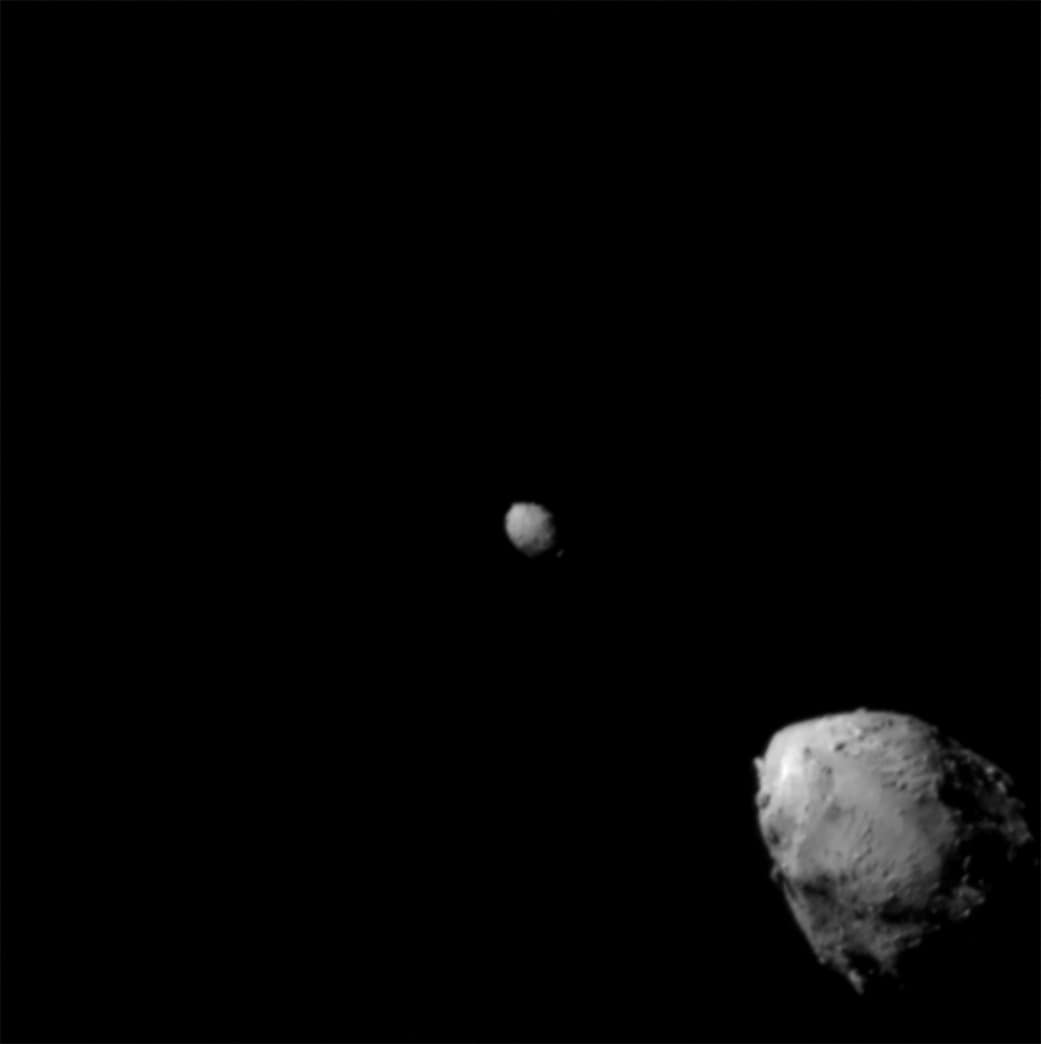
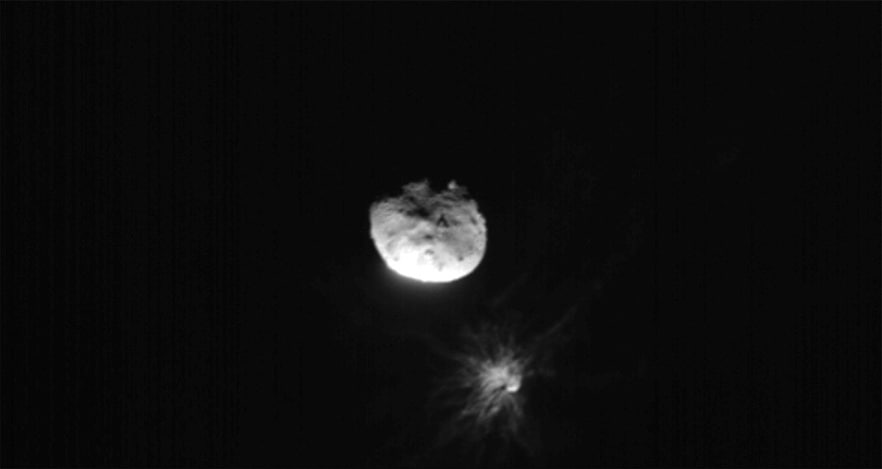
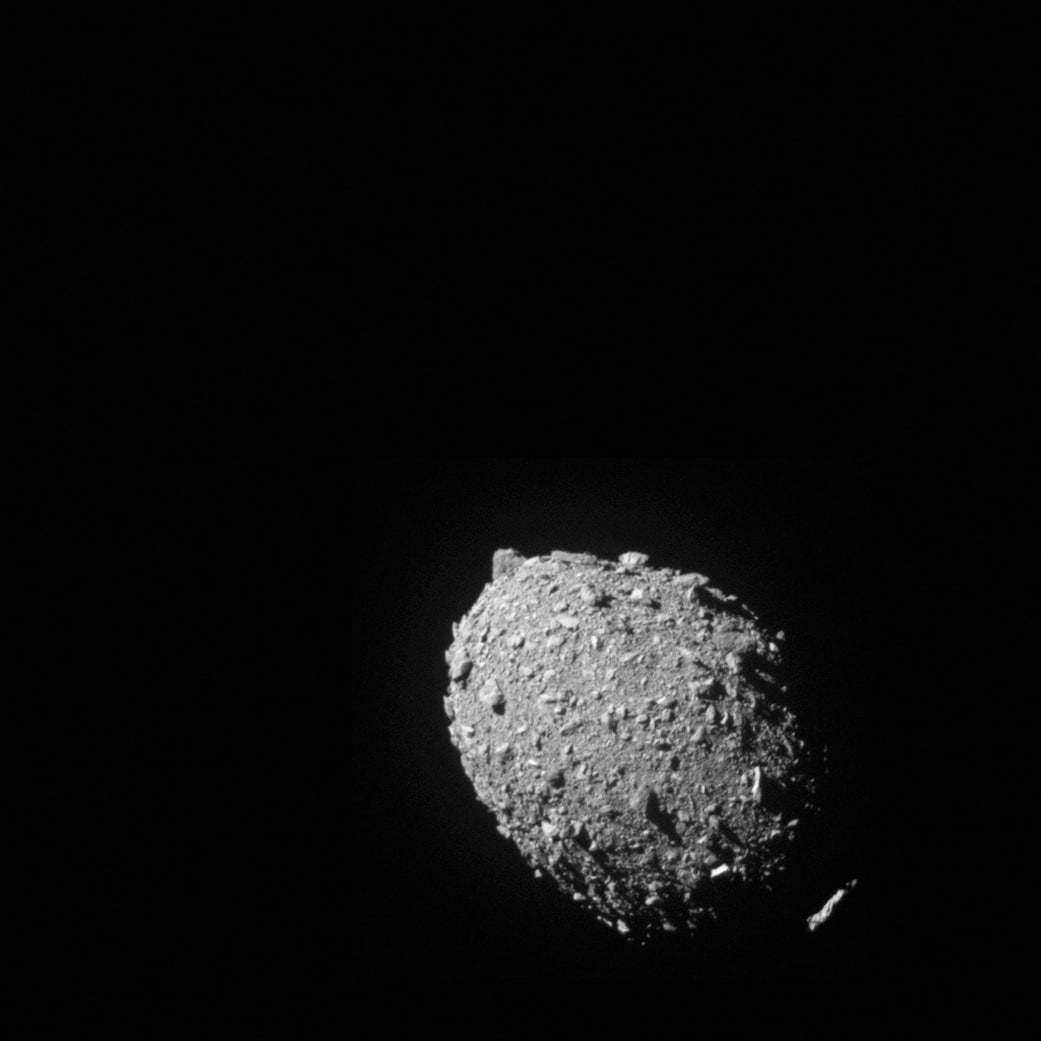
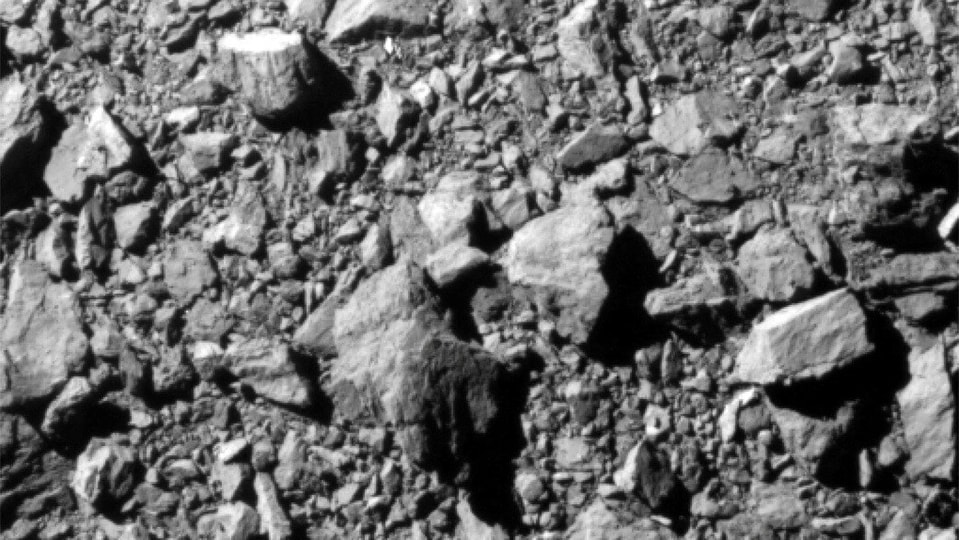
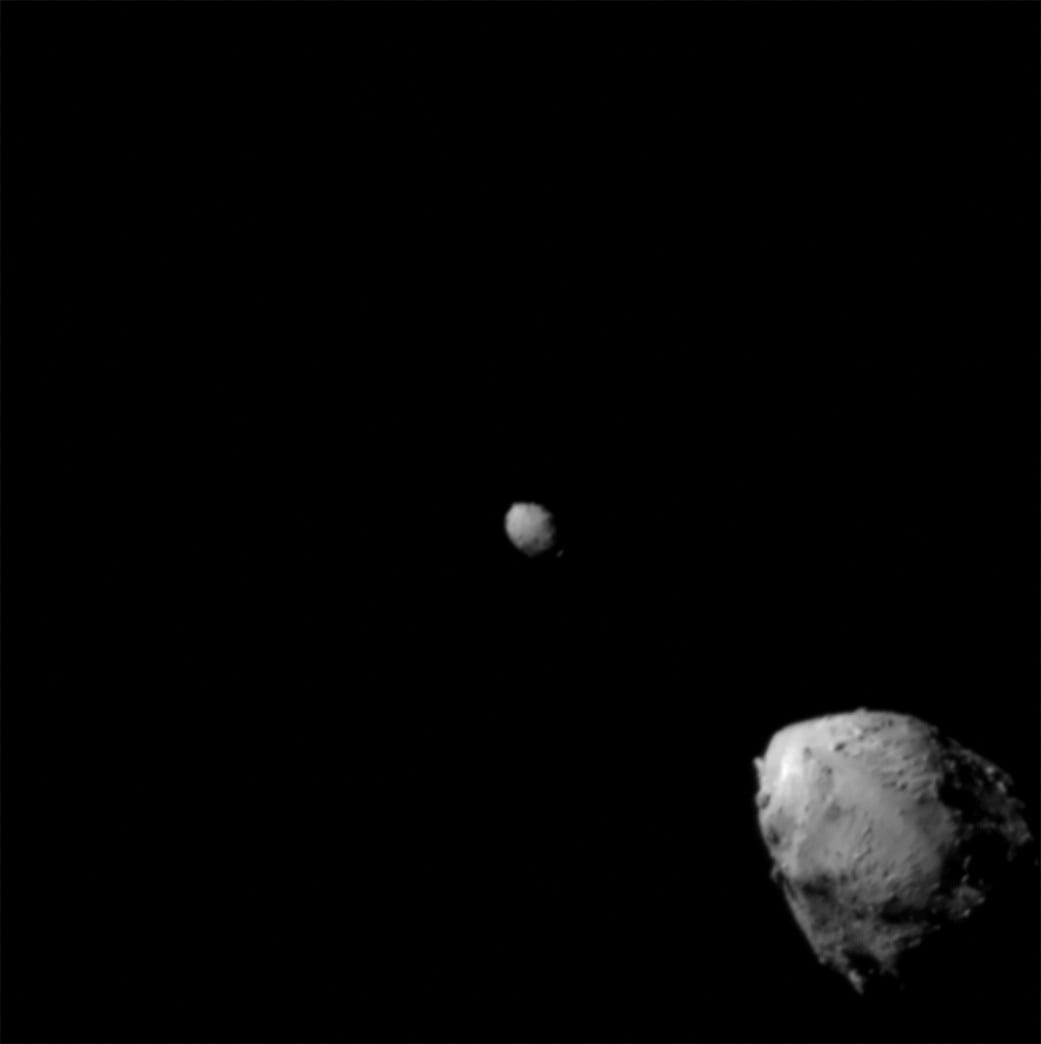

 View all Images
View all ImagesOur solar system is filled with asteroids ranging in size from a few millimeters to thousands of kilometers. Asteroids, along with other celestial objects are one of the biggest threats to humanity in the Universe. And there is proof of it since asteroids were one of the main reasons behind the extinction of dinosaurs. Furthermore, to extinguish life completely on Earth, an asteroid would have to be approximately 96 km wide, though smaller asteroids also have the potential to cause damage up to some extent. Unlike bigger asteroids which rarely stray towards Earth, smaller asteroids frequently fly past Earth at relatively close distances.
Although not nearly as big, NASA has issued an alert against an asteroid which is all set to pass Earth closely tomorrow, February 11.
Key information about Asteroid 2023 BC8
NASA's Planetary Defense Coordination Office is the watchdog which keeps an eye on celestial objects like asteroids for potential impact with the planet. These objects are termed as Potentially Hazardous Objects if they are projected to fly past Earth at a distance closer than 8 million kilometers. NASA has issued a similar warning about an asteroid named Asteroid 2023 BC8 which is expected to buzz Earth tomorrow February 11.
In fact, this asteroid is already on its way towards the planet at a ferocious speed of 50564 kilometers per hour. NASA estimates this asteroid will pass Earth at a distance of 5.9 million kilometers. What's concerning about this asteroid is its gigantic size. This asteroid is estimated to be nearly 160 feet wide, making it nearly as big as an aircraft!
Fun facts about asteroids
1. Most of the asteroids can be found in a specific region in space. It is called the asteroid belt – a region between the orbits of Mars and Jupiter.
2. Asteroids are usually made up of rocks, but they can also be made of metals such as nickel and iron, or even clay!
3. More than 150 asteroids are known to have a small companion moon, or even two moons!
4. Asteroids were considered as planets until the middle of the 19th century!
5. An asteroid was responsible for triggering the extinction of dinosaurs when it crashed on Earth near the Yucatán Peninsula in Mexico more than 65 million years ago.
Catch all the Latest Tech News, Mobile News, Laptop News, Gaming news, Wearables News , How To News, also keep up with us on Whatsapp channel,Twitter, Facebook, Google News, and Instagram. For our latest videos, subscribe to our YouTube channel.





